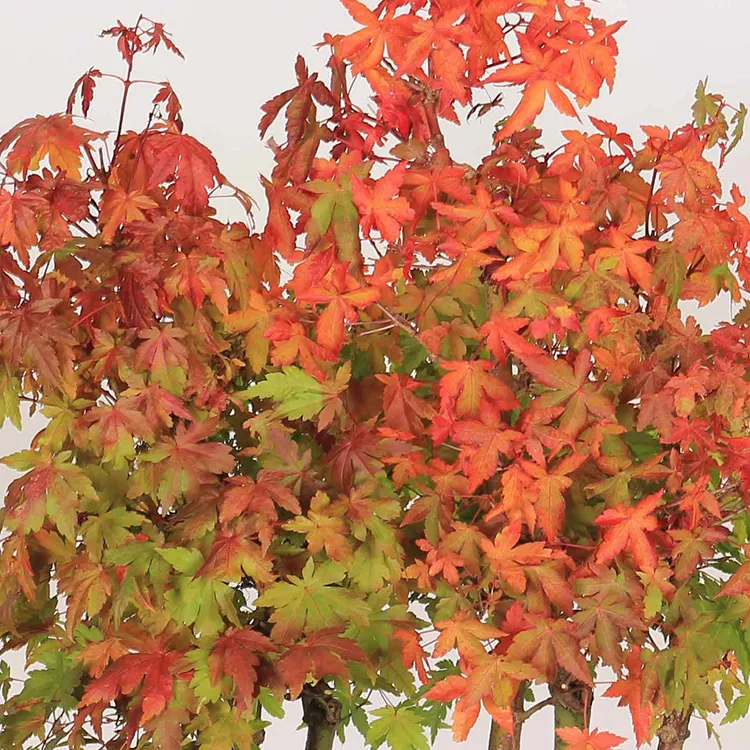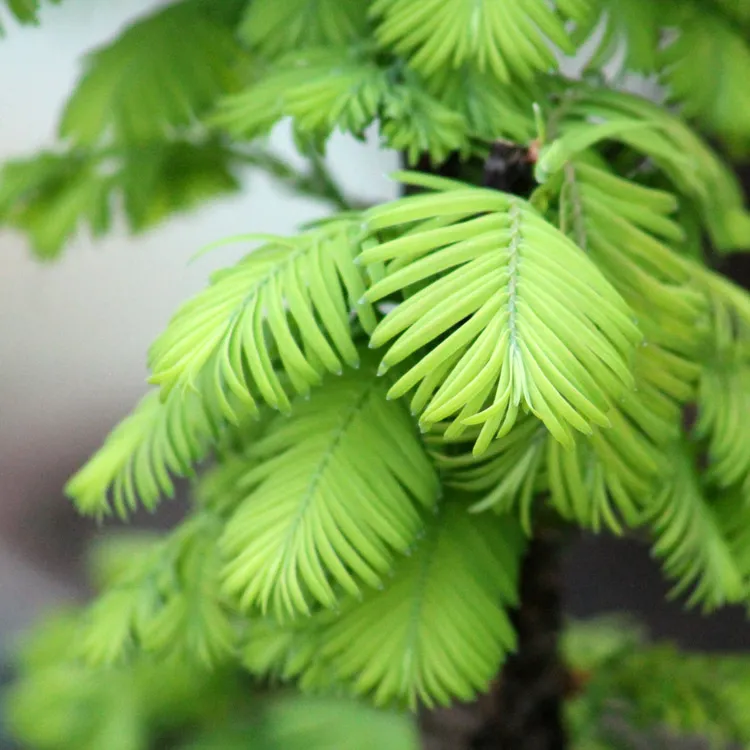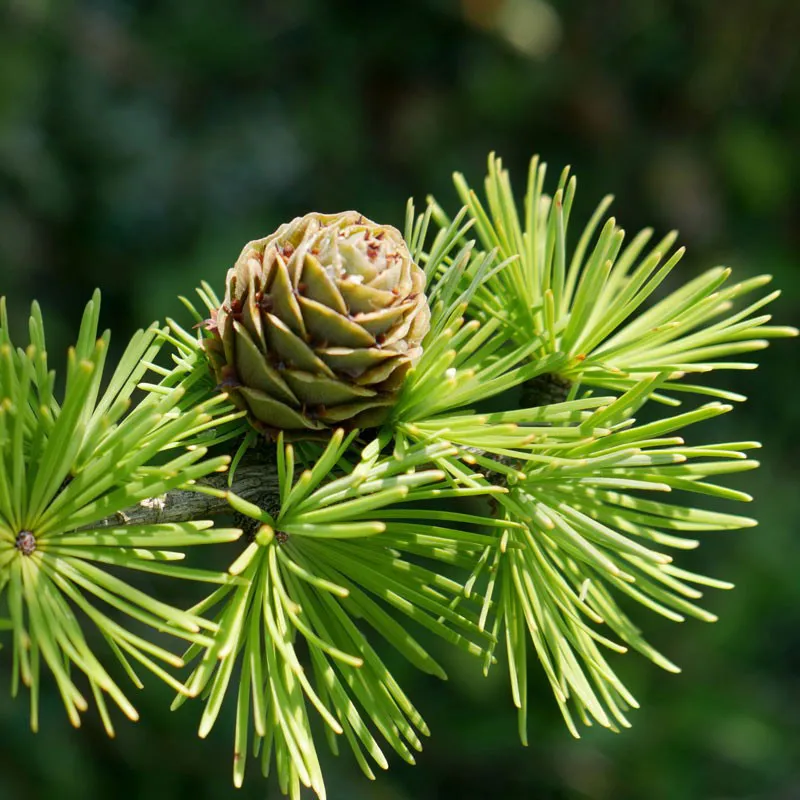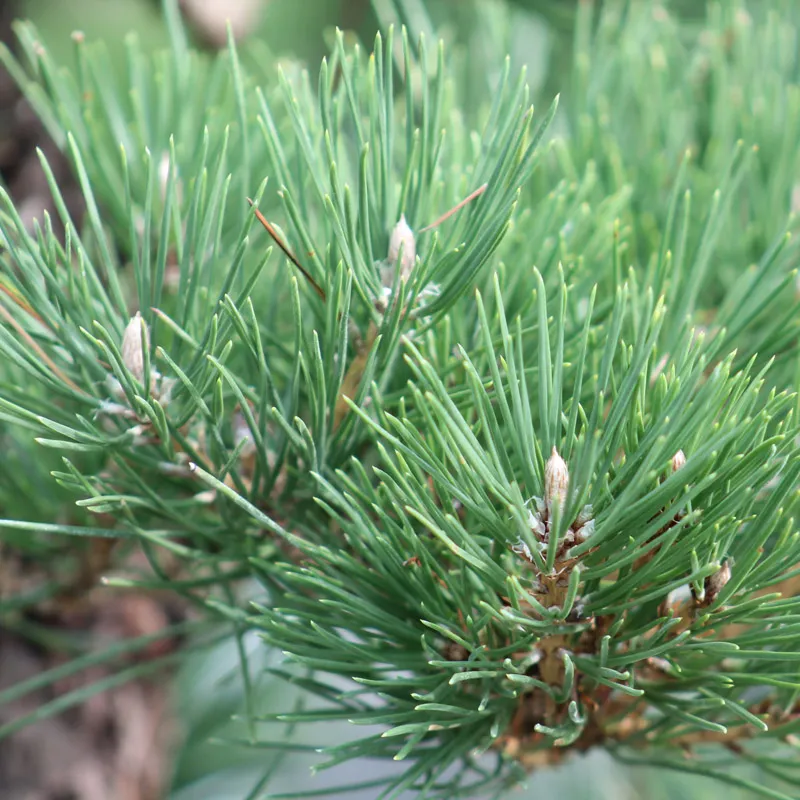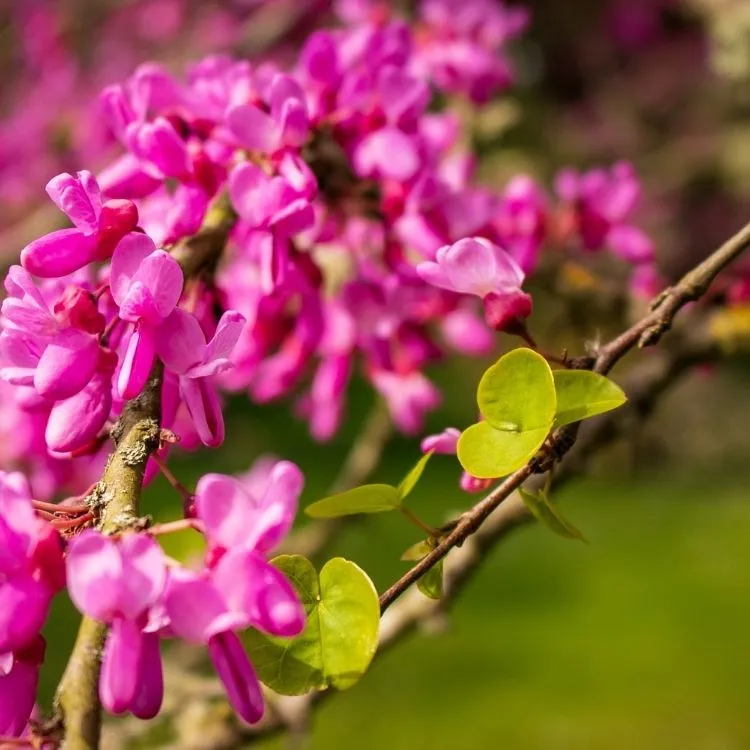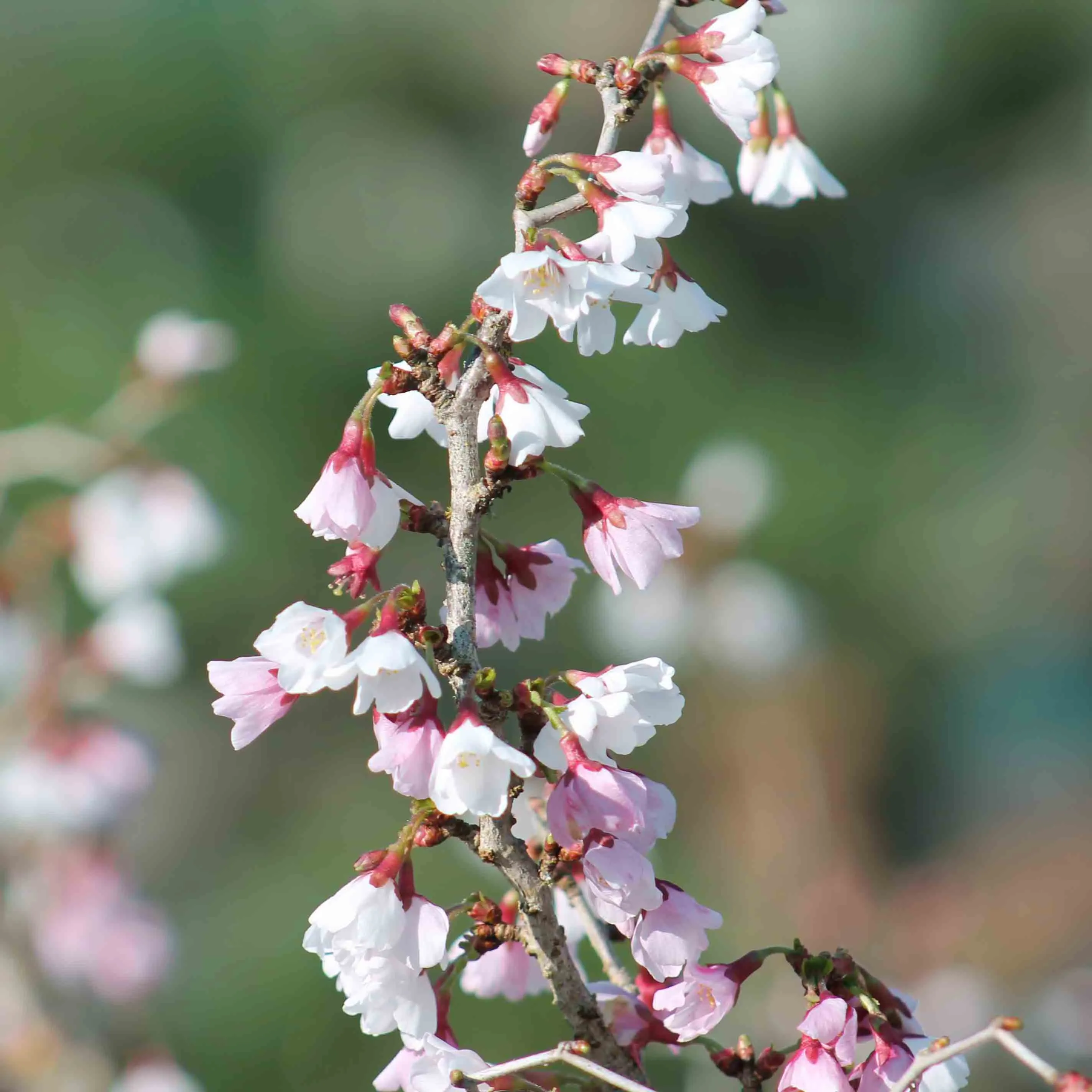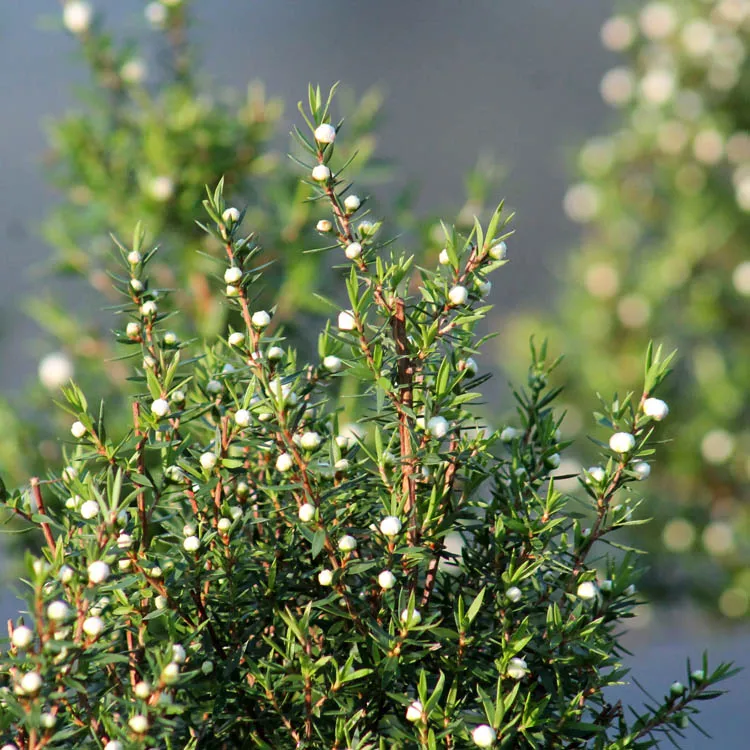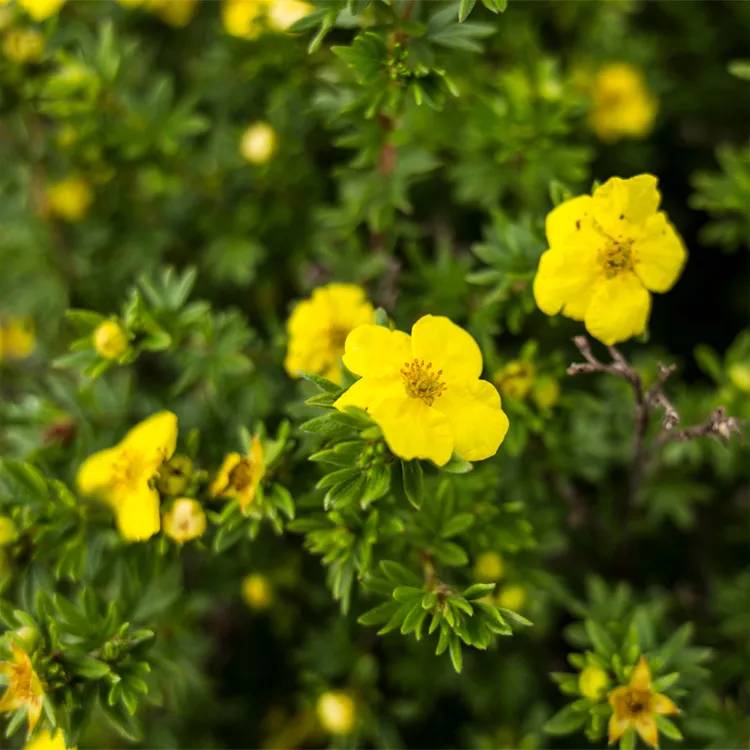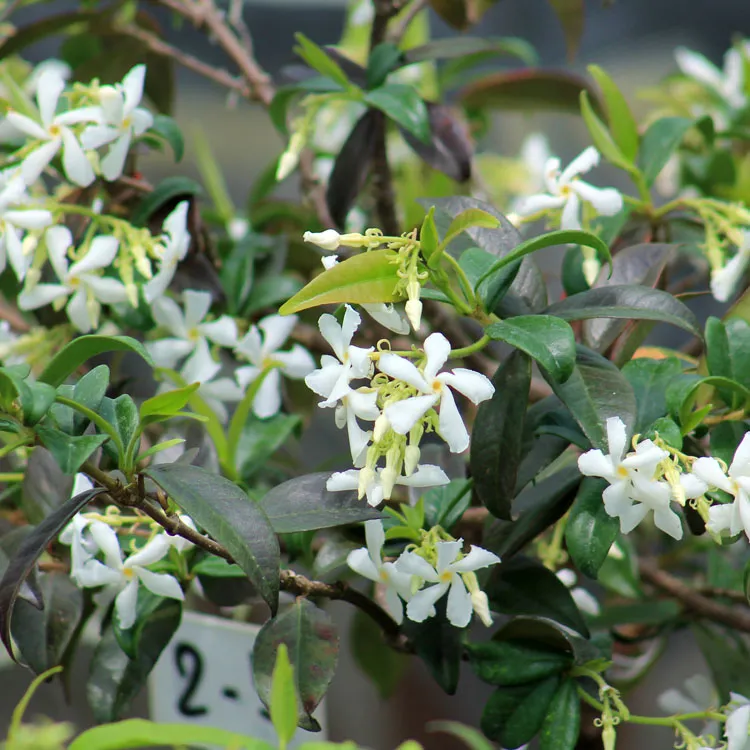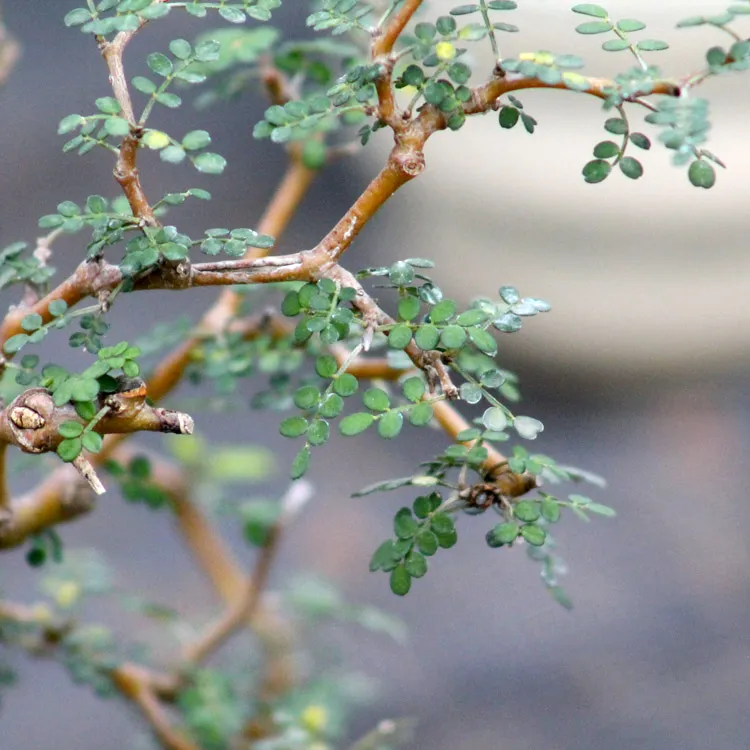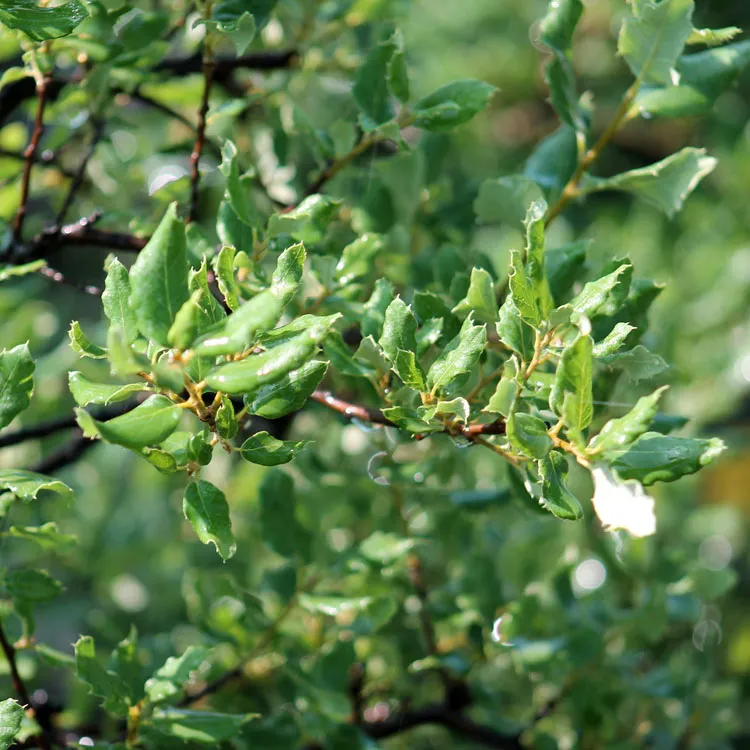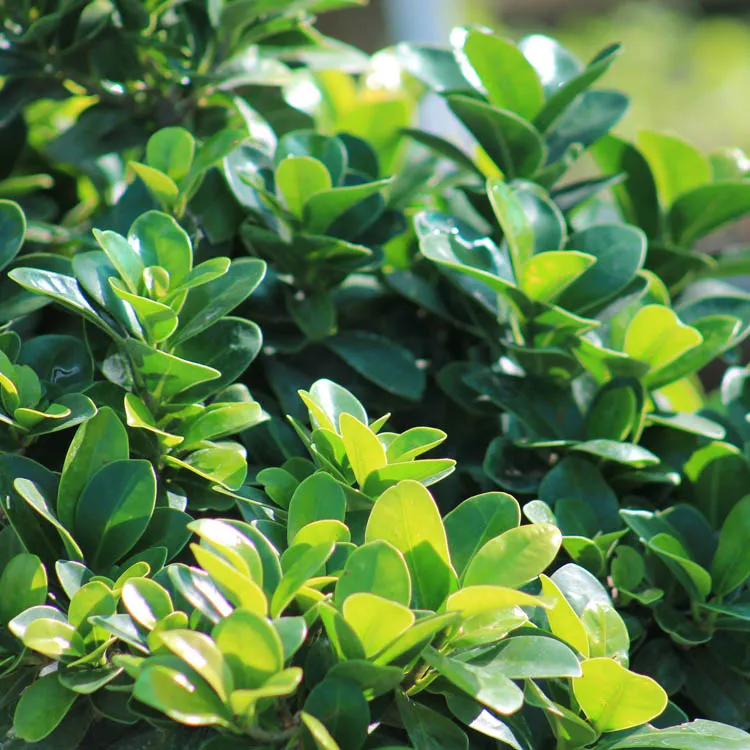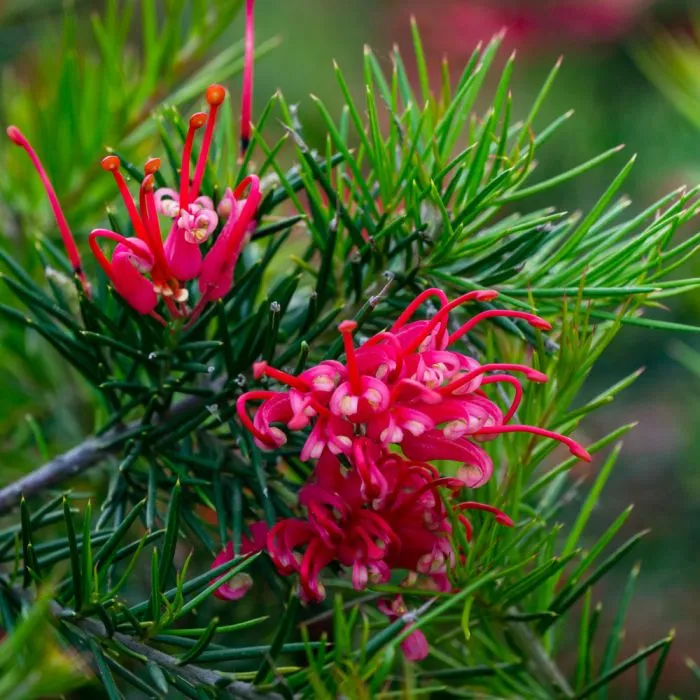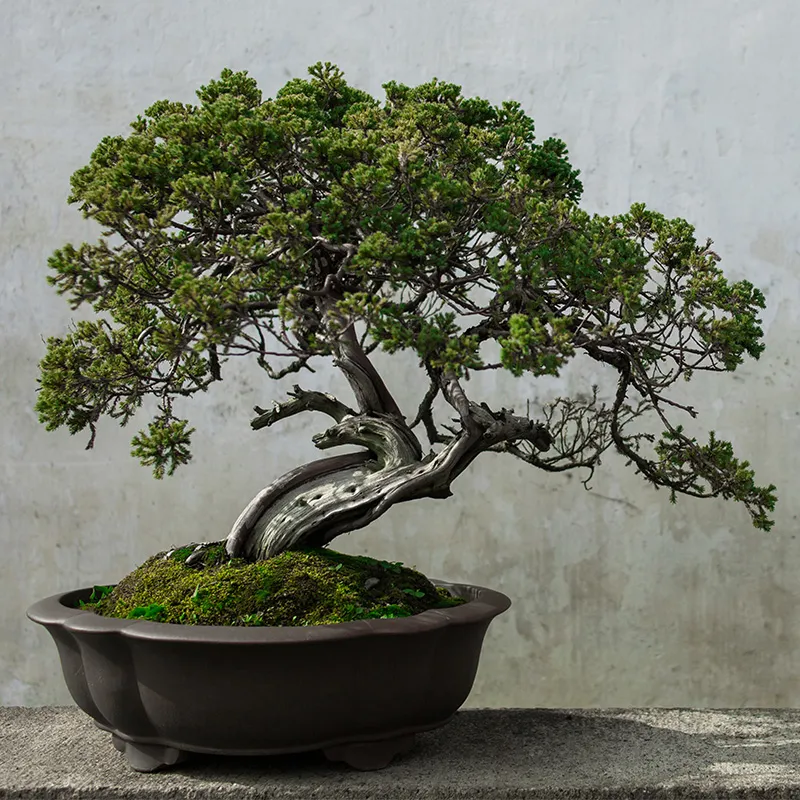Pine is one of the most popular species in large exhibitions, because with their cracked bark and dead wood, they evoke all the power of a tree trying to survive in a sometimes hostile environment.
But there is not one pine, but several varieties with their own characteristics, some of which are easier than others. So which pine tree should you choose as a bonsai?
Pinus Thunbergii, certainly the most popular
It is also known as Japanese black pine, because of its very dark bark. It is a very vigorous pine that lives naturally by the sea in Japan. Every year, he has to deal with violent typhoons that literally tear up much of the year's new growth. It is so potent that it will create new buds. It is this characteristic that makes it the only pine tree with two shoots in a year.
If you're interested in bonsai pines, you've probably heard of this technique of pinching candles in late spring. It's about mimicking what nature does in Japan, and replicating the impact of a typhoon. This results in smaller buds and smaller needles, but this technique requires a bit of mastery. It's not the easiest pine in bonsai.
For years, black pines from Japan were imported to Europe and France. Today, this is strictly forbidden. As a result, there are fewer and fewer of them among professionals. Fortunately, for almost 30 years we have sown thousands of them and we are the only ones with a large stock of black pines, grown in our bonsai nursery.
» See all our Japanese black pines
Le pinus Pentaphylla
Again, this is a very popular variety in Japan, as the needles are grouped by 5 (instead of 2 on almost all other pines). This allows for much denser foliage. It is also known as the Japanese white pine, and there are actually several varieties with needle colors that vary significantly.
Pentaphylla lives naturally in high mountains, which makes it very easy to grow in the plains and in regions with a mild climate. It likes the cold and in its natural environment it is used to having a very high ambient humidity, it grows almost in the middle of the clouds.
It is a pine that is considered weak, as opposed to the black pine that is considered strong. One solution implemented by the Japanese was to graft pentaphylla onto a black pine. In this way, we take advantage of the strength of the latter and a dense foliage. But in this case, you have to pay attention to the quality of the graft. Too often we see unsightly ones, forming a kind of ball.
Mugo pine
This is a type of pine that we particularly like and that is very underrated in bonsai. It is often confined to rock gardens, whereas the mugo pine in bonsai has many qualities. It is much easier to grow than the others, and adapts to almost any climate. It is sometimes criticized for having less dense plateaus; We consider it just a matter of time and good culture.
We have been growing mugo pines as bonsai in our nursery for years. It doesn't grow very fast but after a few decades we have some with beautiful trunks and well-developed branches. Are you looking for a pine tree for a bonsai workshop or to work in a club? The mugo is perfect for learning to ligature with its soft wood that allows for many shapes.
» See all our mugo bonsai pines
Are you looking for a bonsai pine? Don't hesitate to contact us and we will definitely find the one you are looking for!


 Production of French Bonsai
Production of French Bonsai


